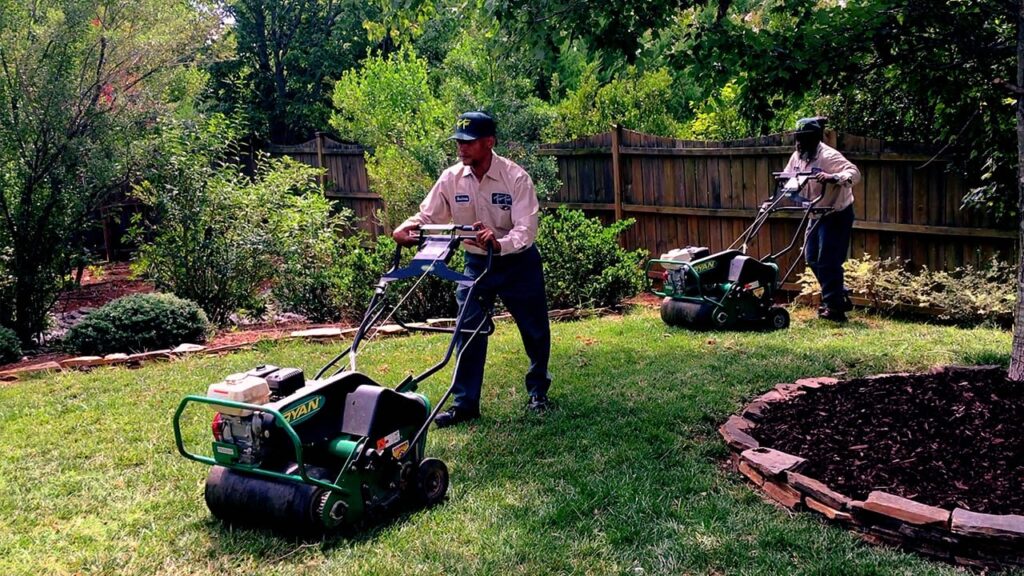Why Core Aeration Is Essential for Texas Clay Soils
By Innovation Grounds
Maintaining a healthy lawn in Texas isn’t easy—especially when you’re dealing with compacted, heavy clay soils. These dense soils dominate much of the Lone Star State and pose unique challenges for homeowners and landscapers. The key to overcoming these challenges? Core aeration. This simple yet powerful lawn care technique can drastically improve soil health, water absorption, and grass vitality.
What Is Core Aeration?
Core aeration is the process of mechanically removing small plugs (or “cores”) of soil and thatch from your lawn. These holes allow air, water, and nutrients to penetrate deep into the root zone. Unlike spiking, which merely pokes holes into the soil, core aeration physically removes portions of compacted soil, offering longer-lasting benefits—especially for Texas clay soils.
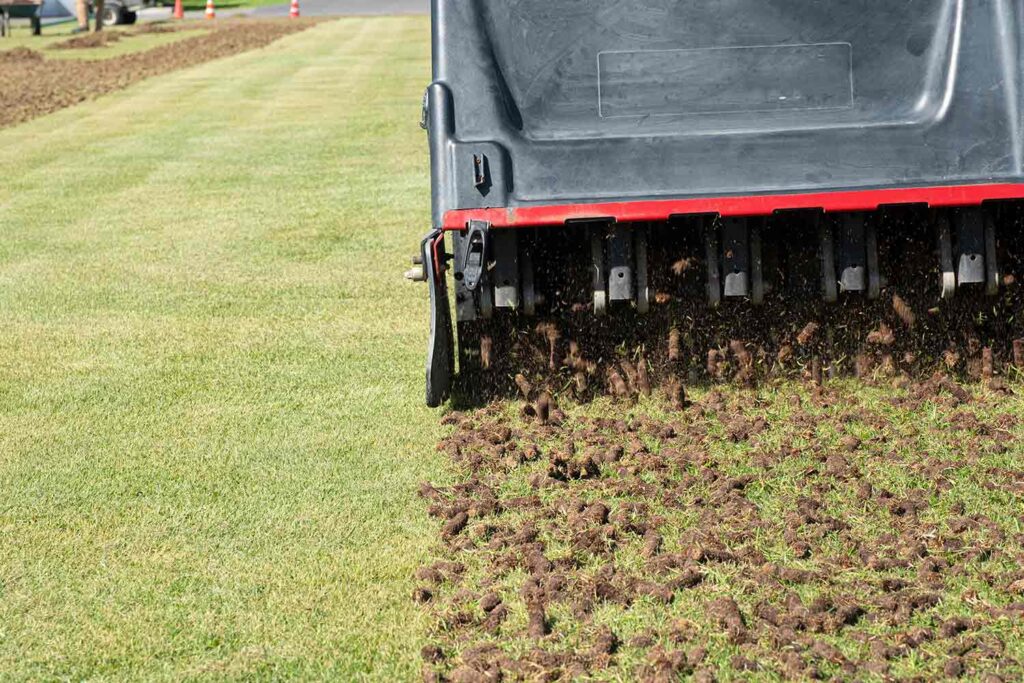
Why Texas Clay Soils Need Extra Care
Texas is home to several types of soil, but expansive clay is one of the most common. Found in cities like Dallas, Houston, Austin, and San Antonio, clay soils tend to:
Compact easily
Drain poorly
Retain water excessively
Restrict root growth
When soil becomes compacted, grass roots can’t access the air and nutrients they need. This results in thin, patchy, or yellowing turf—even with regular watering and fertilizing. That’s why lawn aeration in Texas is more than just a seasonal chore; it’s essential maintenance.
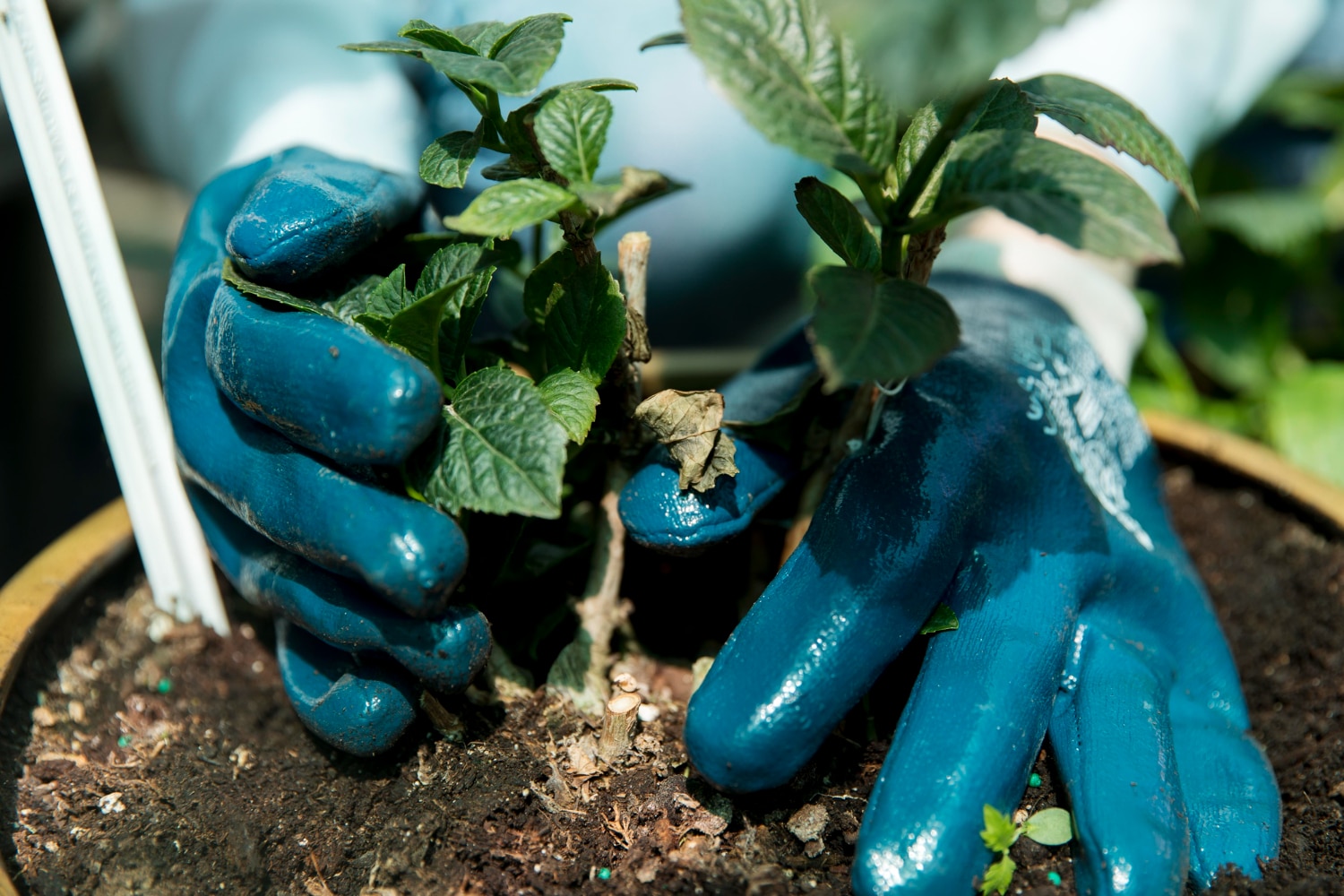
Benefits of Core Aeration for Clay Soils
Here’s how core aeration directly benefits lawns with clay soil:
1. Reduces Soil Compaction
Heavy clay becomes tightly packed, especially under foot traffic or after rainfall. Aeration breaks up the compaction, creating space for roots to grow freely.
2. Improves Water Drainage
Aerated lawns allow water to flow deeper into the soil instead of pooling on the surface. This helps prevent fungal diseases and improves drought resistance—a must in hot Texas summers.
3. Boosts Nutrient Absorption
By loosening the soil, fertilizers and natural nutrients can reach the root zone more effectively. This makes your other lawn care efforts (like fertilizing) more productive.
4. Enhances Root Development
Stronger roots mean healthier grass. Aeration stimulates new root growth and increases the lawn’s ability to withstand heat, pests, and foot traffic.
5. Reduces Thatch Buildup
A layer of thatch—dead grass and roots—can prevent water and nutrients from reaching the soil. Core aeration helps break up thatch, improving soil contact and airflow.
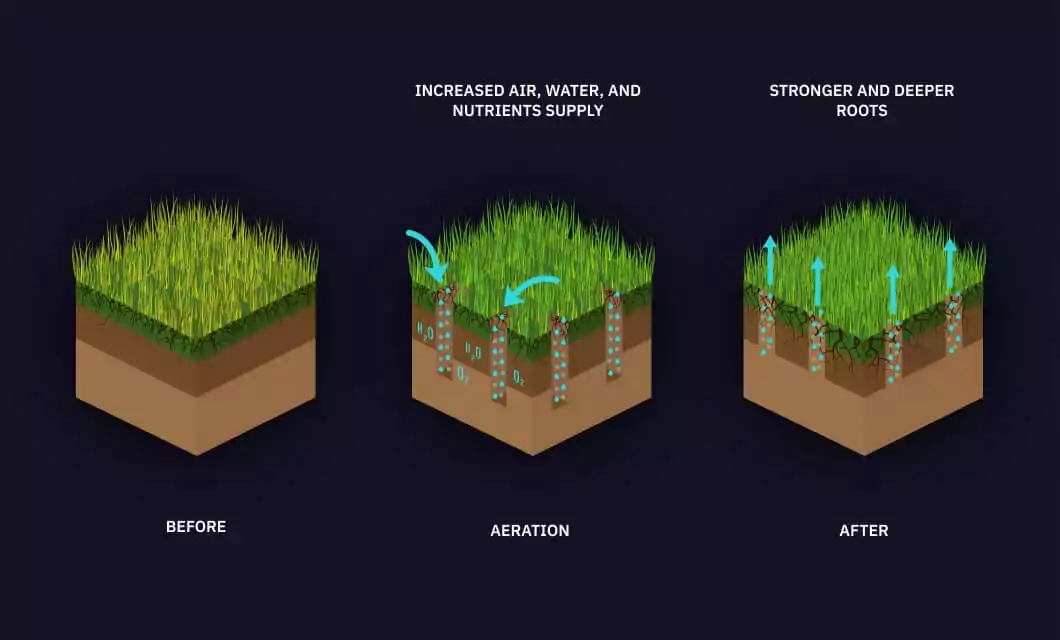
When Is the Best Time to Aerate in Texas?
For warm-season grasses common in Texas (such as Bermuda, Zoysia, or St. Augustine), the best time to aerate is late spring through early summer, when the grass is actively growing. This helps the lawn recover quickly and take full advantage of the improved soil conditions.
If you’re dealing with severely compacted clay or visible signs of stress (like water runoff or patchy areas), you might benefit from aerating twice a year—once in spring and once in fall.
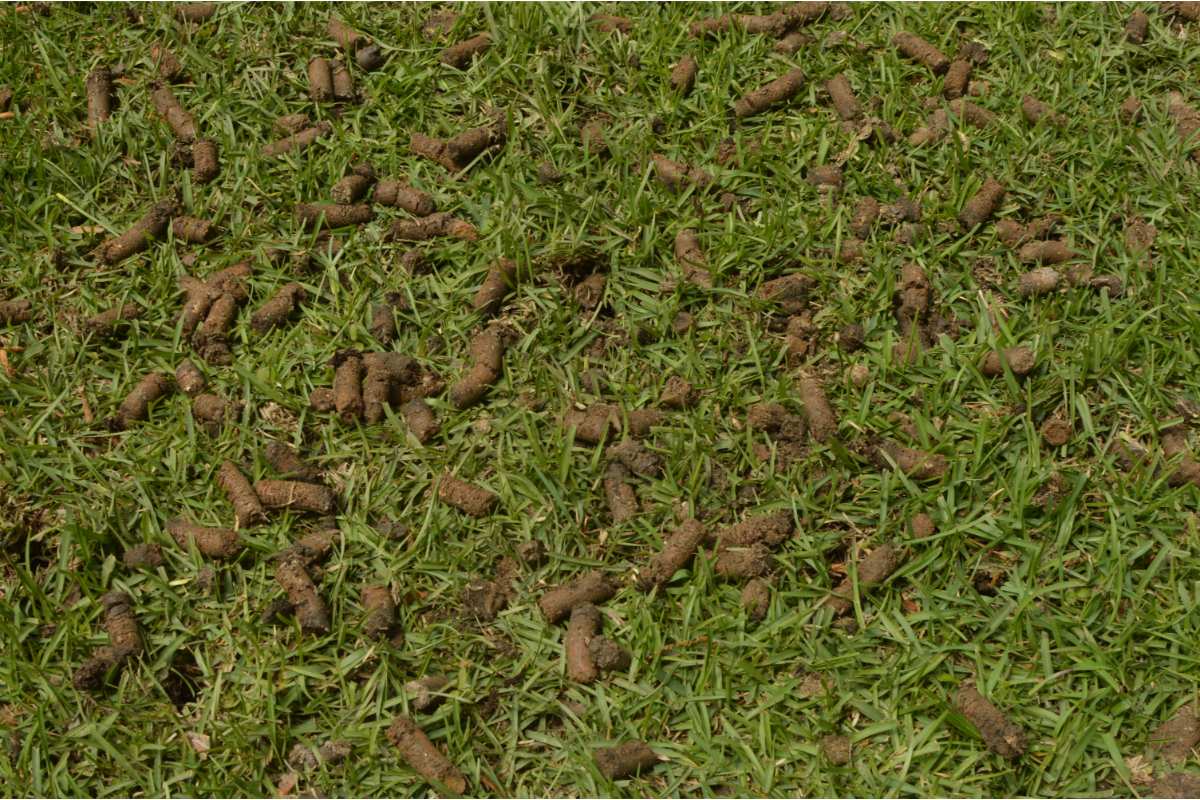
How to Aerate Your Lawn in Texas
You can hire a professional lawn service or rent a core aerator from a local garden center. Here are a few tips for success:
Water your lawn 24 hours before aerating. This softens the soil, making it easier for the machine to remove plugs.
Overlap passes to ensure full coverage of the lawn.
Leave the cores on the lawn. They’ll break down naturally and return nutrients to the soil.
Follow up with overseeding or fertilizing. Aeration opens the perfect window to enhance your lawn’s health even further.
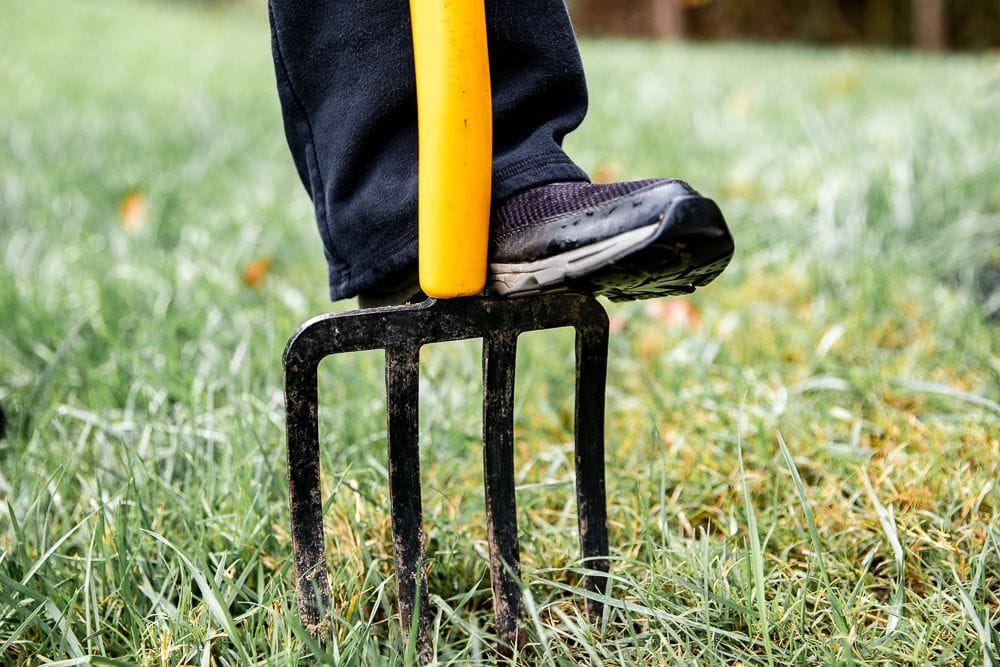
Common Myths About Core Aeration
Let’s bust a few myths:
“My lawn doesn’t look compacted, so I don’t need to aerate.” Even if it looks fine on the surface, clay soil can still be compressed below.
“I only need to aerate once every few years.” In Texas, annual aeration is ideal due to soil type and climate.
“Spike aerators are just as good.” Not true—spike aeration can worsen compaction in clay soil by pushing the soil further down.
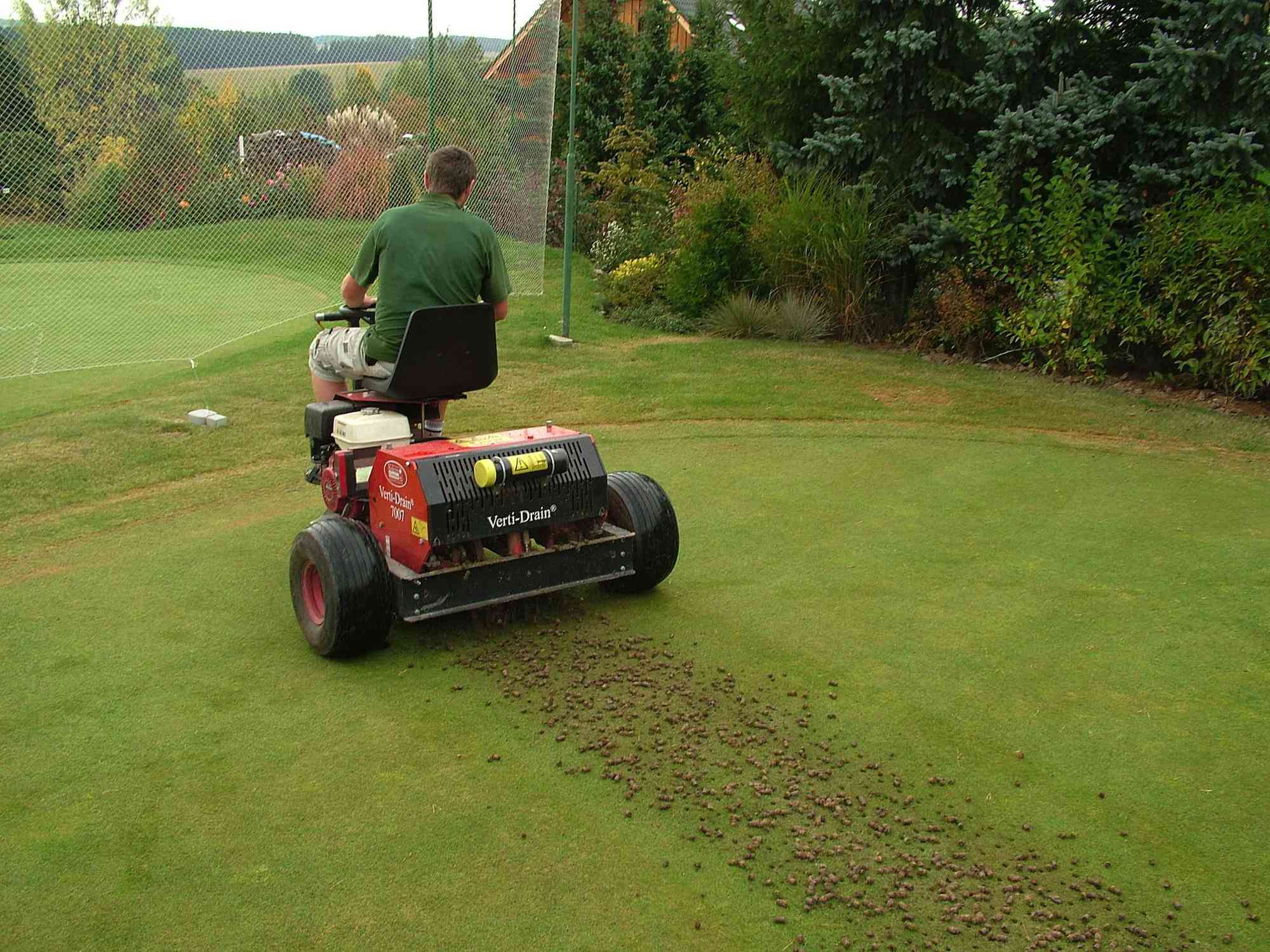
Final Thoughts
Core aeration is one of the best things you can do for your lawn in Texas, especially if you have heavy clay soil. It improves water and nutrient uptake, strengthens root systems, and enhances the overall appearance and health of your turf.
With Texas’ unpredictable weather and naturally dense soils, investing time in annual aeration will pay off with a thicker, greener, and more resilient lawn.
